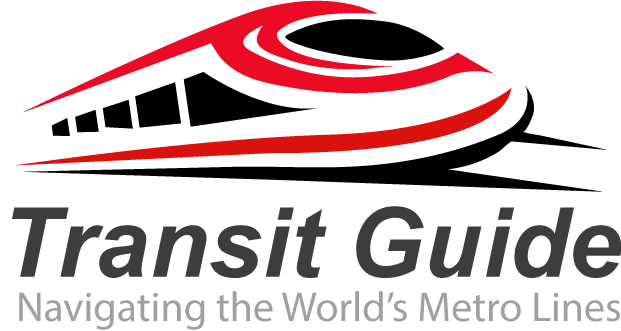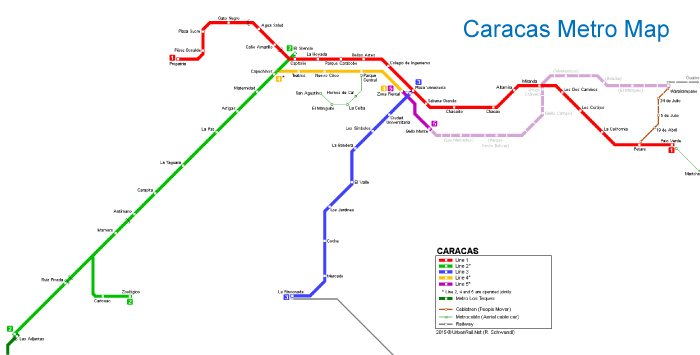The Caracas Metro (Metro de Caracas) stands as Venezuela’s most extensive and reliable public transportation system, serving millions of passengers across the bustling capital city. Since its inauguration in 1983, this modern subway network has become an essential lifeline for residents and visitors navigating one of South America’s largest metropolitan areas.
Overview of the Caracas Metro System
The Caracas Metro operates four main lines covering approximately 60 kilometers of track with 47 stations strategically positioned throughout the city. The system connects major commercial districts, residential neighborhoods, and important landmarks, making it the most efficient way to travel across Caracas while avoiding the notorious traffic congestion above ground.
Key Metro Lines:
- Line 1 (Orange): Runs east-west from Propatria to Palo Verde
- Line 2 (Blue): Connects Plaza Venezuela to Las Adjuntas
- Line 3 (Yellow): Services the central corridor from Plaza Venezuela to El Valle
- Line 4 (Red): Links Zona Rental with Capuchinos
Operating Hours and Frequency
The Caracas Metro typically operates from 5:30 AM to 11:00 PM Monday through Saturday, with reduced Sunday hours from 6:00 AM to 10:00 PM. During peak hours, trains arrive every 2-3 minutes, while off-peak service runs every 5-7 minutes. This frequency makes the metro one of the most reliable transportation options in the city.
Fares and Payment Methods
Metro fares are remarkably affordable, making public transit accessible to all economic levels. Passengers can purchase tickets at station booths or use rechargeable cards available at most stations. The integrated fare system also covers connections to the Metrobús network, providing seamless transfers for extended journeys.
Safety and Security Features
The Caracas Metro maintains comprehensive security measures including surveillance cameras, security personnel, and emergency communication systems. Stations feature clear signage in Spanish, and many include maps and directional indicators to help passengers navigate efficiently. The system’s safety record has made it a preferred choice for daily commuters and tourists alike.
Major Stations and Connections
Important interchange stations include Plaza Venezuela, which connects Lines 1, 2, and 3, and Capitolio, serving as a central hub near government buildings and historic sites. Bellas Artes station provides access to cultural attractions, while Los Símbolos connects to important business districts.
Tips for Using the Caracas Metro
Plan your route using official metro maps available at stations and online. Avoid rush hours (7-9 AM and 5-7 PM) when possible, as trains can become extremely crowded. Keep belongings secure and be aware of your surroundings, especially during busy periods.
Integration with Other Transportation
The metro seamlessly integrates with Metrobús routes, cable car systems (Metrocable), and conventional bus networks, creating a comprehensive public transportation ecosystem. This integration allows passengers to reach virtually any destination within the greater Caracas metropolitan area.
The Caracas Metro continues to serve as a vital transportation artery, connecting communities and facilitating economic activity throughout Venezuela’s capital city.

